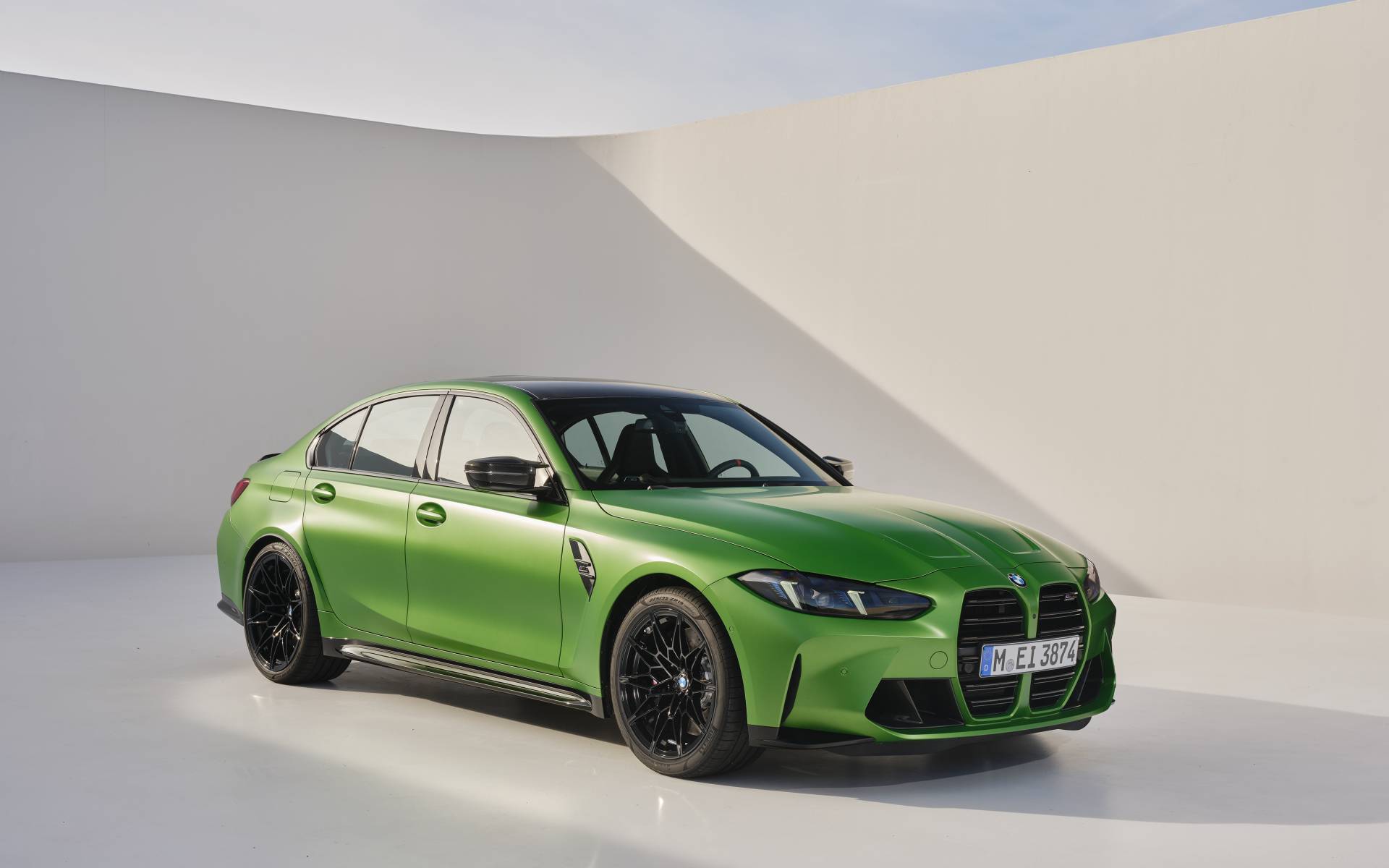Rearview cameras have become a standard feature in most modern vehicles, offering drivers an essential tool to safely back out of parking spaces, avoid hidden objects, and reduce blind spots. Since the U.S. mandated rearview cameras in all new vehicles starting in 2018, consumers have come to rely on this technology as part of their daily driving experience.
However, not all backup cameras are created equal. While most display a clear image, many distort angles so severely that they can mislead the driver, particularly in judging depth, proximity, and actual vehicle trajectory.
Camera distortion usually occurs due to wide-angle lenses, cheap image sensors, poor display calibration, or bad software correction. These cameras stretch or warp the image to show a wider field of view, but the trade-off is that distances become misrepresented.
That curb you thought was two feet away? It’s already under your bumper. This becomes especially dangerous in crowded urban areas, tight driveways, and busy parking lots where precise movement is crucial.
On the other hand, some automakers have invested in high-quality optics, high-definition screens, and intelligent software that preserves natural angles and improves spatial accuracy. These systems offer clearer lines, more accurate path overlays, and a true-to-life perspective, which can drastically improve safety and driver confidence.
In this article, we’ll explore five vehicles with rearview cameras that tend to distort angles, and five that offer a clean, accurate view, helping you understand what to expect and what to avoid.
Also Read: 10 Cars With the Smartest Hidden Storage Features for Everyday Convenience
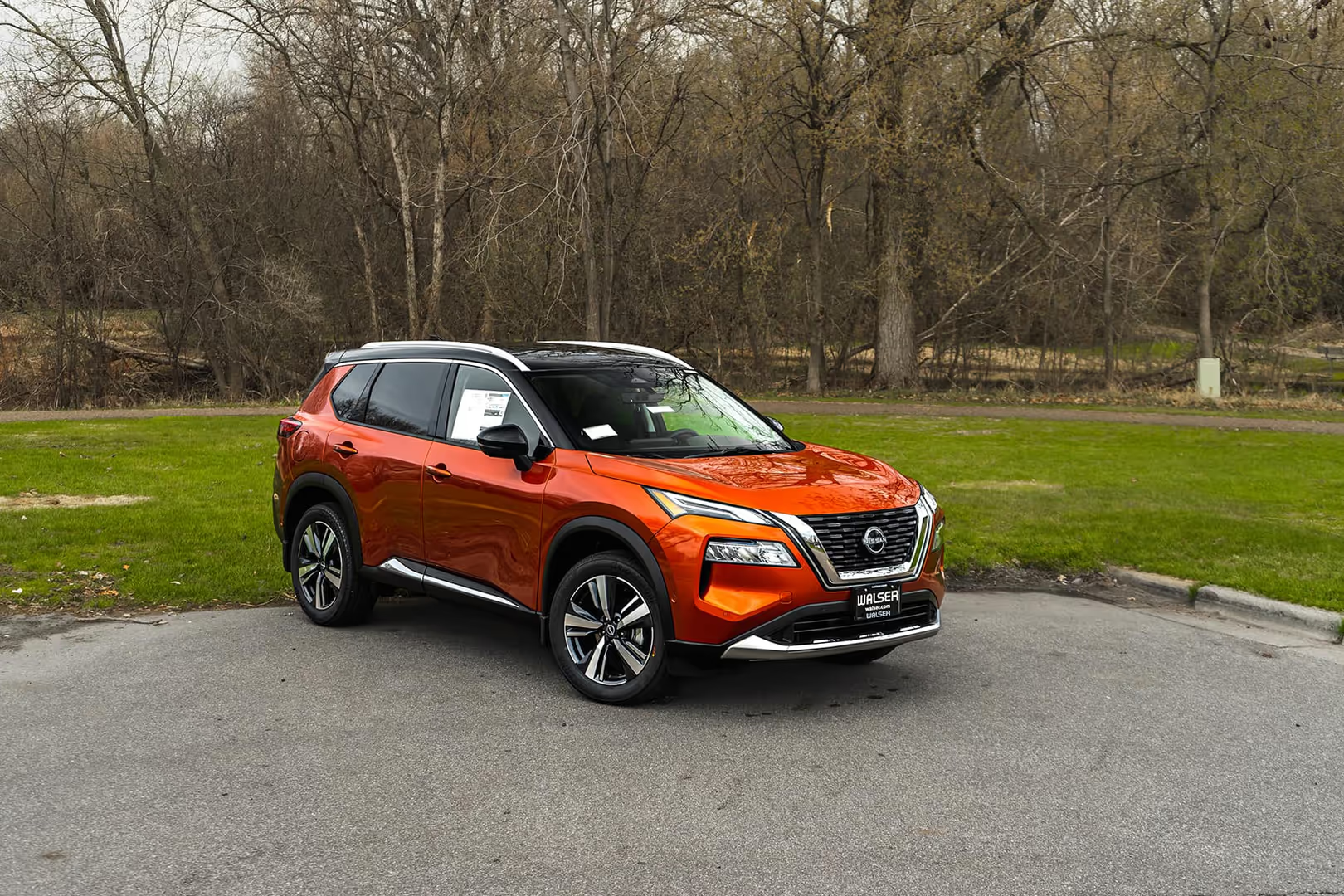
1. Nissan Rogue (Pre-2021 Models)
The Nissan Rogue, particularly in its pre-2021 models, features a “Around View Monitor” system designed to give the driver a bird’s-eye view of their surroundings. While this system sounds appealing, it comes with significant drawbacks that affect visibility and accuracy.
The main issue lies in the camera’s wide-angle lens, which causes severe distortion at the edges of the display. Objects appear stretched or compressed, making it difficult to judge distances accurately.
For example, curbs and obstacles may appear farther away than they are, creating a false sense of security when reversing. This distortion is especially noticeable when trying to back into tight spaces or parking garages where every inch counts.
Additionally, while the camera offers a 360-degree view, it often does not provide an accurate representation of the height or proximity of objects. A low fence or a small item on the ground might look much further away than it is, leading to miscalculations and potential collisions.
The image quality also suffers from poor resolution in earlier models, which makes the screen blurry and less reliable under certain conditions, like low light or wet weather.
Even the camera’s clarity in ideal conditions falls short compared to other vehicles in the same class, meaning you’ll need to rely more heavily on side mirrors and your own judgment rather than the system.
One of the most frustrating elements of the Rogue’s system is the static guide lines, which don’t adjust dynamically with steering input. The lack of active trajectory lines makes the system less helpful for complex parking maneuvers, as it doesn’t reflect the vehicle’s changing path during reversing.
While the Rogue’s camera system offers some assistance, the distortions and lack of real-time, accurate feedback make it less reliable for tight parking situations, especially when the driver needs to maneuver with precision.

2. Chevrolet Trax
The Chevrolet Trax, a compact SUV, includes a rearview camera as part of its standard safety package, but the performance of this system leaves much to be desired.
The main issue is the camera’s wide-angle lens, which creates a noticeable fish-eye effect that warps the edges of the image, making it difficult to accurately gauge the distance between the vehicle and surrounding objects.
This distortion is particularly problematic when trying to reverse into a parking space or align with a curb, as the edges of the screen appear exaggerated or stretched, leading to the mistaken perception that objects are farther away than they truly are.
This can result in the driver misjudging their distance, potentially causing minor collisions or scuffing against nearby obstacles.
The Trax’s backup camera display also suffers from poor resolution, making the image grainy and unclear in low-light conditions, which exacerbates the problem during night driving or in poorly lit parking lots.
Even in good lighting, the graininess can make it harder to detect smaller objects or obstacles behind the car, especially when reversing at higher speeds.
The static guidelines don’t adjust to reflect the steering angle, further reducing their utility when parking in tight spaces or performing complex maneuvers. As a result, drivers often have to rely on traditional mirror checks and other visual cues to compensate for the inaccurate image provided by the camera.
While the system is certainly a helpful safety feature for basic backing up, the camera’s lack of accuracy and the distortion at the edges make it less effective than other cameras in the same segment.
For those who regularly navigate tight spaces or need precise backing assistance, the Trax’s camera system can be frustrating, leaving drivers feeling uncertain and making parking more of a challenge than it needs to be.
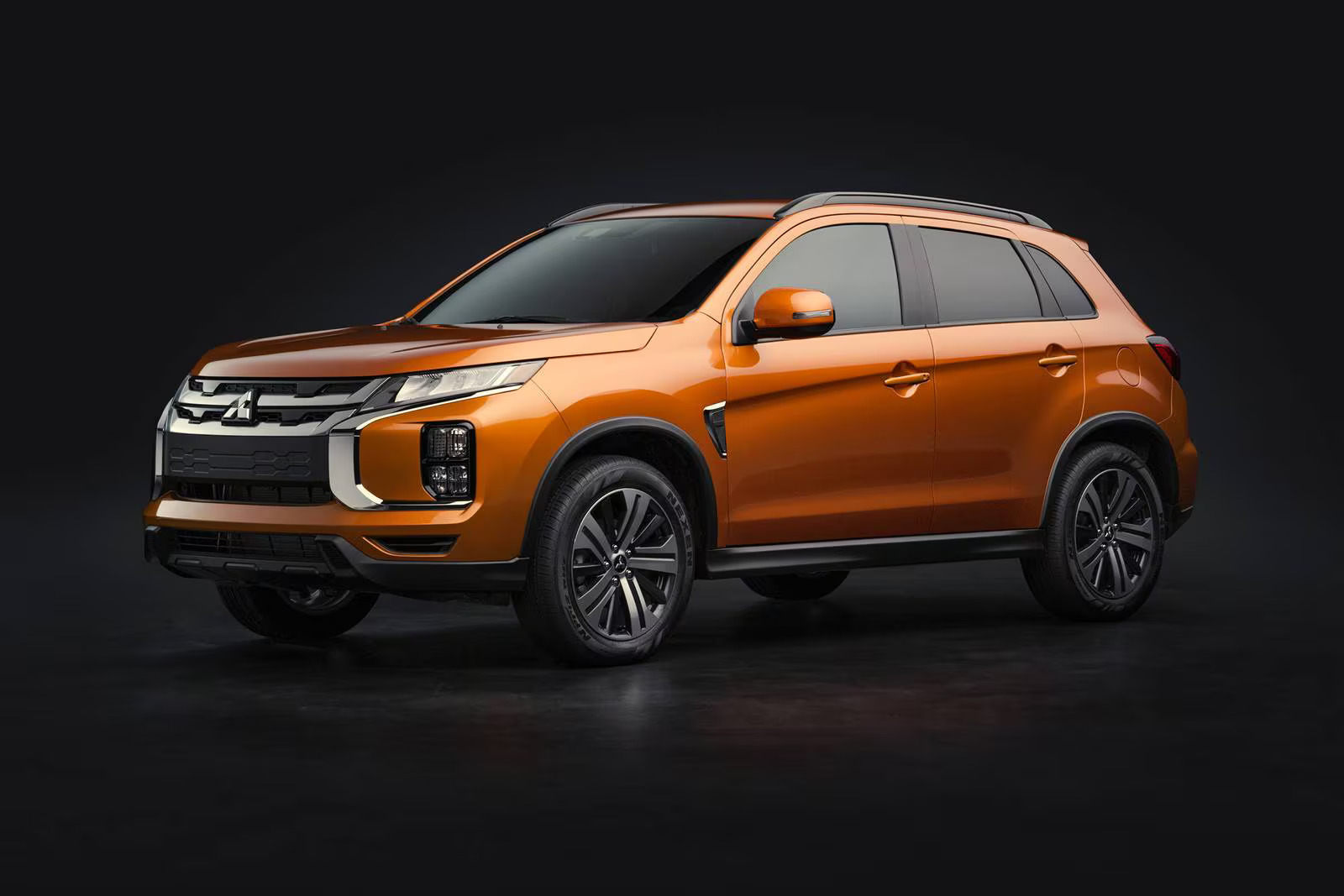
3. Mitsubishi Outlander Sport
The Mitsubishi Outlander Sport is a compact crossover that competes in a crowded market, but its rearview camera system suffers from significant distortion. The camera uses a wide-angle lens to give the driver a broader view of the area behind the vehicle, but this comes at the cost of image clarity and accuracy.
The primary issue is that the camera’s field of view is so wide that it distorts the image at the edges, creating a fisheye effect that makes it difficult to judge depth.
Objects at the periphery of the camera’s view, such as curbs or small vehicles, appear much further away than they are. This is particularly problematic in tight parking situations or when reversing into a space with limited clearance.
Furthermore, the camera’s resolution is relatively low compared to higher-end systems, and the image is often blurry or pixelated, especially in poor lighting.
While this may not be as noticeable during the day, it becomes a real issue at night or in dimly lit parking lots, where the lack of clarity can make it harder to see smaller obstacles, such as low posts or other vehicles’ bumpers.
Additionally, the Outlander Sport’s camera lacks dynamic guidelines, which means it doesn’t adjust in real time as the driver steers the vehicle. This limits the usefulness of the system when making sharp turns or navigating tricky parking situations, as the guidelines do not offer real-time feedback on the vehicle’s path.
In essence, the Outlander Sport’s rearview camera system is one of the least effective in the compact SUV category. While it offers some assistance, the distorted image, lack of dynamic guidelines, and blurry resolution make it a less reliable option for drivers who want to confidently maneuver in tight spaces or rely on the camera for accurate positioning.
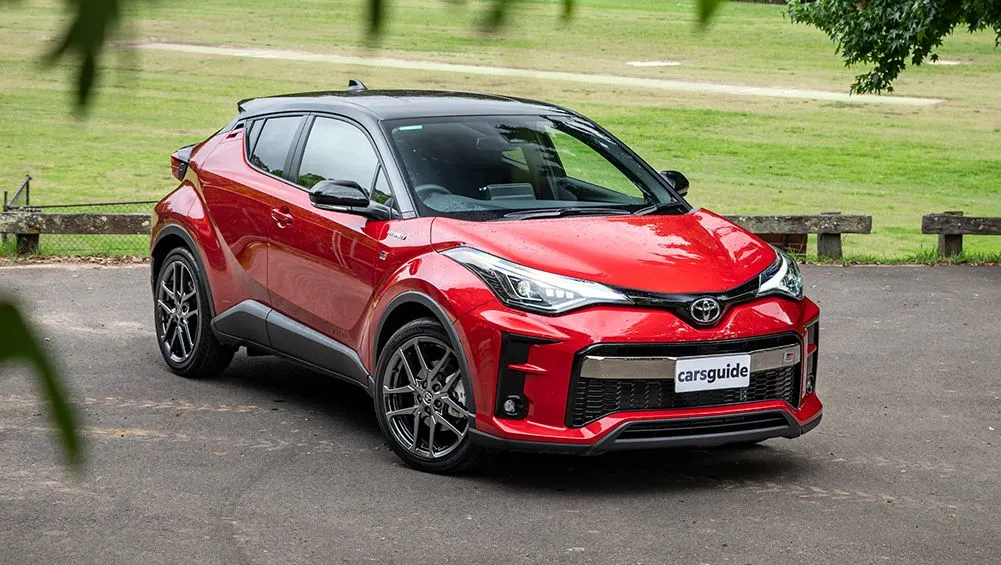
4. Toyota C-HR
The Toyota C-HR is a compact crossover SUV that places a strong emphasis on styling and sporty performance, but its rearview camera system leaves much to be desired in terms of accuracy and usability. One of the biggest issues with the C-HR’s backup camera is the extreme distortion caused by the wide-angle lens.
While the lens offers a wide view, it does so at the cost of depth accuracy, causing objects to appear much farther away than they are in reality. This can make it difficult to judge how close you are to objects behind you, especially when trying to navigate tight spaces or park in a crowded lot.
The lack of dynamic guidelines is another flaw, which further hampers the effectiveness of the camera system. Unlike systems that adjust the guidelines in real time based on the vehicle’s steering input, the C-HR’s guidelines remain static, making them less useful when performing sharp turns or backing into angled parking spaces.
The distortion at the edges of the camera feed can also obscure critical visual cues, such as pedestrians, smaller vehicles, or low-lying obstacles that could pose a hazard when reversing.
For drivers who regularly park in tight spots or need precise backing assistance, this lack of clarity and real-time feedback can be a serious inconvenience.
Additionally, the C-HR’s camera display is smaller than what you might find in other vehicles in this segment, and the resolution can be pixelated in low light, making it even more difficult to identify objects behind you.
While the camera may be fine for general driving, when it comes to precision parking and backing into tight spaces, it falls short of the quality found in more advanced systems.
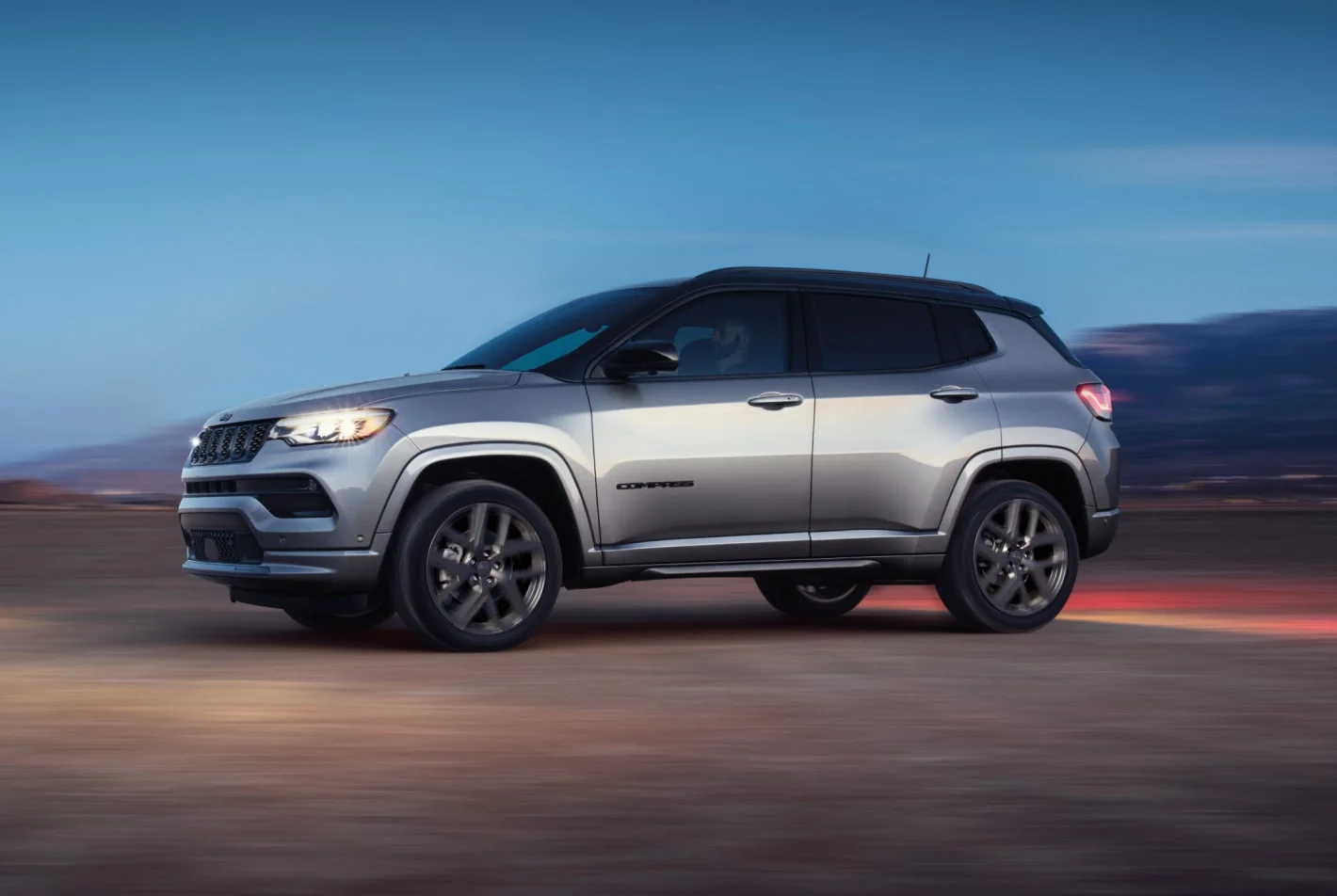
5. Jeep Compass
The Jeep Compass, a compact SUV with rugged off-road capabilities, includes a rearview camera as part of its standard safety package. However, the system suffers from significant distortion that can make it difficult to judge distances accurately.
Like other vehicles with wide-angle lenses, the Compass’s camera distorts the edges of the image, leading to the perception that objects are farther away than they actually are. This is especially problematic when backing up into narrow parking spaces, as it becomes easy to misjudge how close you are to walls or other vehicles.
The camera also lacks dynamic guidelines, which means the visual representation of the vehicle’s path doesn’t change as the driver steers the car. This static nature makes it harder to navigate around obstacles or park in complex situations.
The Compass’s backup camera also has a relatively low resolution compared to other vehicles in its class, which can result in a blurry or grainy image, particularly in low-light conditions.
This poor image quality can make it difficult to identify smaller hazards, such as a child’s bike or a small object near the rear bumper, which can pose a serious safety risk.
While the Compass’s rearview camera is useful for general backing up, the distorted image, lack of dynamic guidelines, and low resolution make it less reliable when precision is required.
Drivers who depend on the rearview camera to guide them safely through tight spaces may find the system frustrating and potentially hazardous in certain situations.
5 Rearview Cameras That Don’t Distort Angles
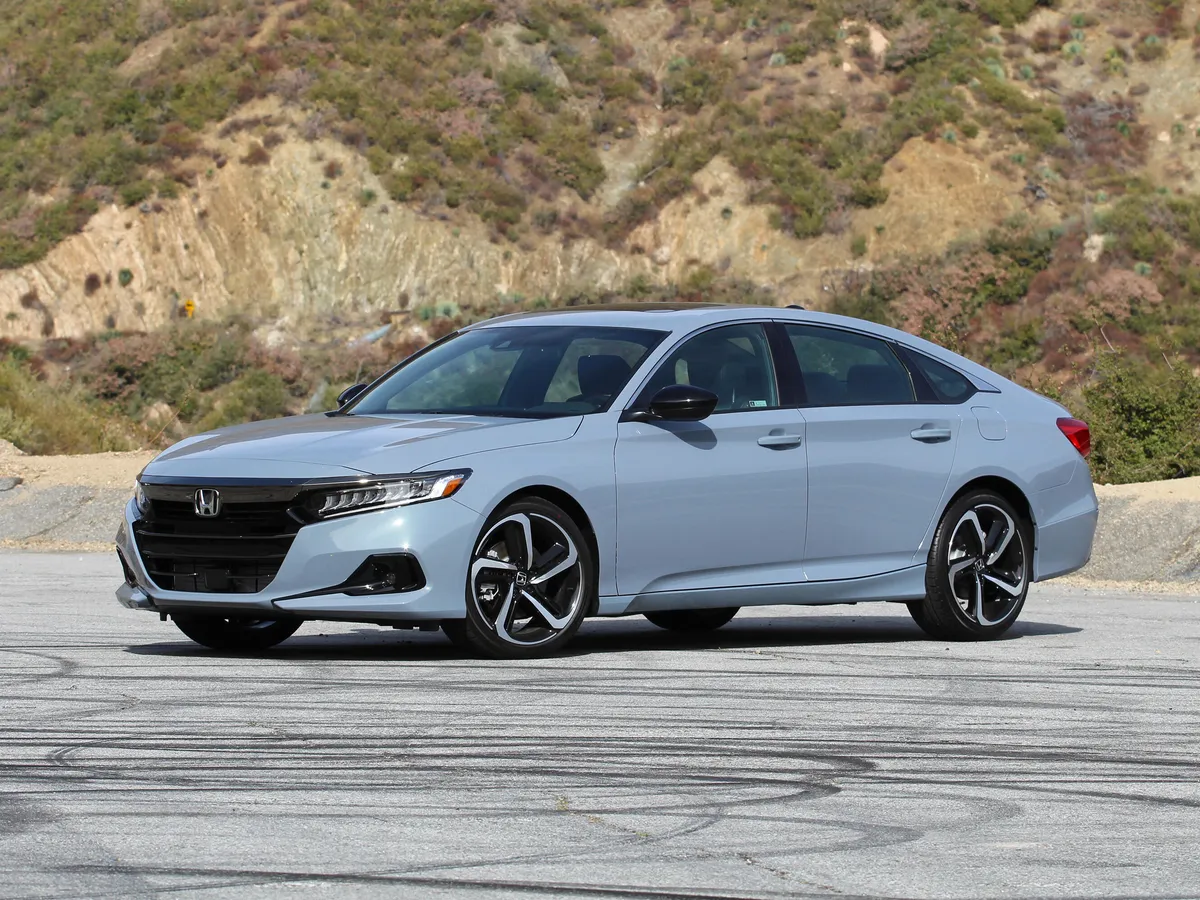
1. Honda Accord (2018 and Newer)
The Honda Accord, particularly from the 2018 model year onward, is known for its well-rounded design and features that cater to both comfort and safety. One of the standout features of the Accord is its high-quality rearview camera system, which offers an accurate and clear image that makes reversing a more confident and precise task.
Unlike many of its competitors, the Accord avoids the common issue of camera distortion, thanks to its carefully calibrated lens and high-definition display. The camera produces an image with little to no distortion, providing a true-to-life perspective that makes it easy to judge the proximity of objects behind the car.
The Accord’s rearview camera system is paired with a large, sharp display that minimizes graininess and ensures clarity even in challenging lighting conditions. Whether you’re reversing into a parking spot on a bright day or maneuvering in low light at night, the camera remains clear, and objects are visible without any warping.
One of the key features that elevate the experience is the dynamic guidelines, which adjust in real-time as you steer the vehicle. These guidelines offer crucial feedback, helping you predict your path and align the car accurately with your surroundings.
This dynamic feature adds an extra layer of convenience and safety, allowing drivers to navigate tight parking spots or crowded areas with greater ease. In addition to the dynamic guidelines, the Honda Accord offers a wide-angle view that doesn’t over-stretch the image.
It provides enough coverage to offer a broader perspective of what’s behind the car, without distorting the angles at the edges. This is important when you need to check both sides of the vehicle for potential hazards such as pedestrians, low posts, or other cars.
The camera’s ability to provide such a high level of precision while maintaining excellent clarity makes it one of the best in the midsize sedan category, and a great example of how high-quality camera systems can significantly enhance the driving experience.
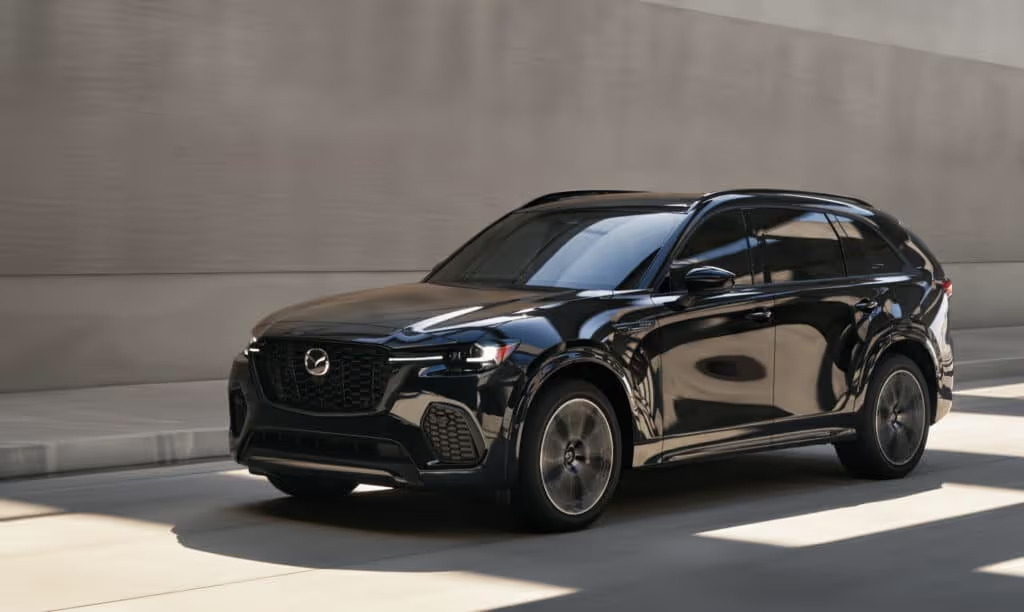
2. Mazda CX-5 (2019 and Newer)
Mazda has built a reputation for crafting vehicles that offer a combination of sharp handling, sleek design, and advanced safety features, and the Mazda CX-5 is no exception.
In recent years, particularly with the 2019 model and beyond, the CX-5 has been equipped with an upgraded rearview camera system that is free from the distortion and warping commonly seen in many of its competitors.
The lens on the CX-5’s camera is optimized to provide a clear and accurate view of what’s behind the vehicle, with minimal fisheye distortion at the edges. This allows for a true representation of depth and proximity, so drivers can more accurately gauge the distance between their vehicle and any potential obstacles.
In addition to its high-quality lens, the CX-5 is equipped with a bright and sharp display that ensures the image remains clear in various lighting conditions.
Whether you’re reversing during the day or backing into a dark parking space at night, the camera’s image doesn’t become blurry or pixelated, and smaller objects like curbs or other vehicles are easy to spot.
One of the standout features of the Mazda CX-5’s system is its real-time, dynamic guidelines, which adjust as you turn the steering wheel. This feature is particularly helpful when parking in tight spaces or when you need to reverse at an angle, as it gives you a clearer sense of where the car is headed and how to avoid obstacles.
Moreover, Mazda has also added a higher-quality processing unit that reduces the chances of lagging or freezing, making the rearview camera’s responsiveness better than in many other vehicles in this class.
The result is a highly reliable and intuitive camera system that adds to the ease of maneuvering in crowded parking lots, tight spaces, and urban streets.
The Mazda CX-5’s rearview camera is a shining example of how camera technology, when done right, can enhance both safety and convenience, making it one of the top contenders in the compact SUV category.
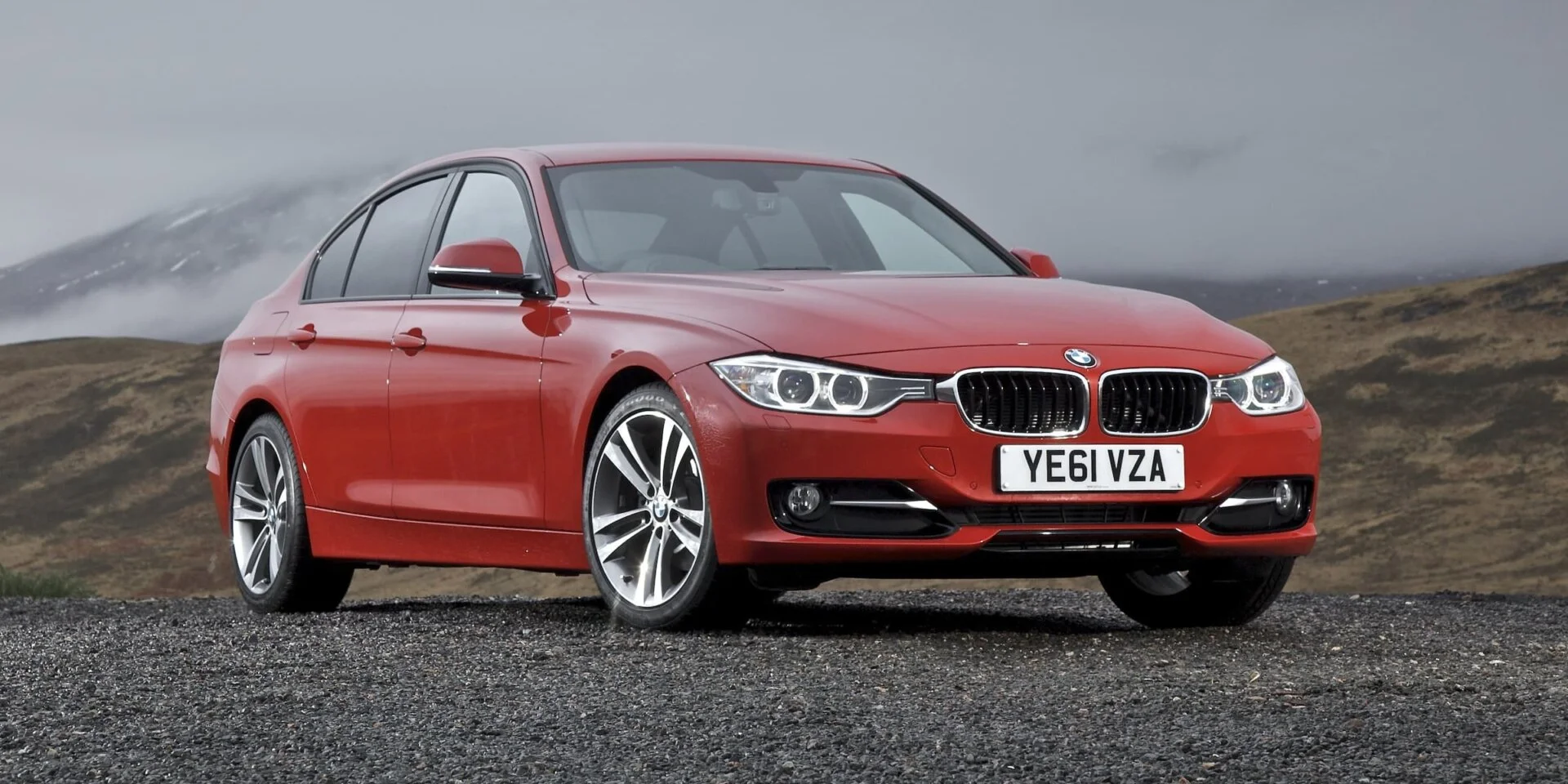
3. BMW 3 Series (G20, 2019+)
The BMW 3 Series, especially in the latest G20 generation from 2019 onward, offers one of the most advanced rearview camera systems in the luxury sedan segment. BMW has incorporated cutting-edge technology into the 3 Series’ backup camera to ensure that drivers have a clear, accurate, and distortion-free view of the area behind the vehicle.
The system uses a high-definition camera with a wide-angle lens, but unlike many other vehicles that suffer from fisheye distortion, the 3 Series maintains a natural and accurate perspective. This allows for a more reliable assessment of distance and depth when reversing, which is essential for avoiding obstacles, pedestrians, or other vehicles.
The camera display is paired with a large, high-resolution screen in the center console, which ensures excellent clarity regardless of the lighting conditions. Whether it’s bright and sunny or dark and overcast, the image remains sharp and easy to interpret.
Additionally, the camera system is equipped with dynamic guidelines that adjust in real-time based on the steering wheel’s movement. This feature is incredibly useful when navigating tight parking spaces, as it helps drivers visualize the vehicle’s path and make precise adjustments to avoid bumps and scratches.
Beyond its precise camera, the BMW 3 Series offers an optional 360-degree surround-view system that further enhances visibility by combining input from multiple cameras around the car. This multi-camera system stitches together an overhead view of the area around the vehicle, providing the driver with a comprehensive view of any potential hazards.
The combination of high-quality optics, real-time dynamic guidelines, and a clear, responsive display makes the rearview camera system in the BMW 3 Series one of the most advanced and reliable in its class, ensuring that parking and reversing are as effortless as possible.
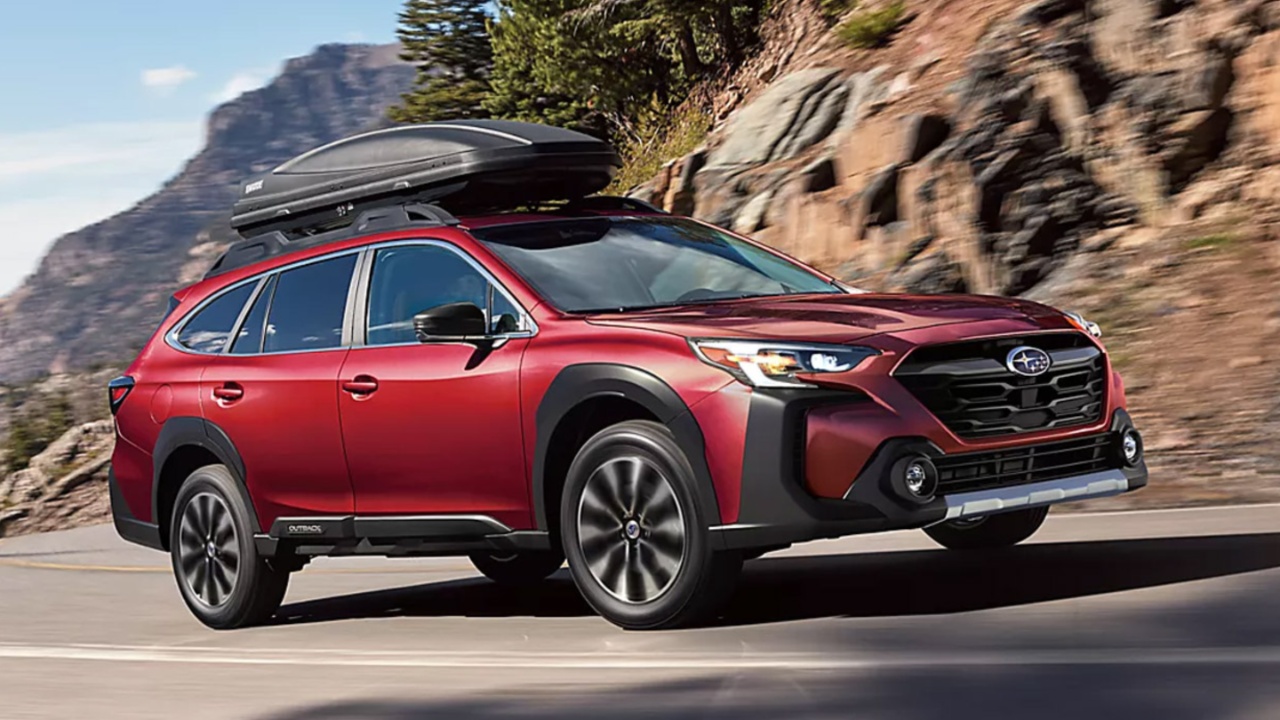
4. Subaru Outback (2020 and Newer)
The Subaru Outback is a rugged yet refined vehicle that has earned a reputation for its off-road capabilities and practicality. Starting with the 2020 model year, Subaru significantly improved the Outback’s rearview camera system, eliminating many of the distortion issues that plagued earlier models.
The new camera system offers a wide but distortion-free view that makes it easier to judge distances and depth when reversing. The system is carefully calibrated to minimize any fisheye effect, providing a natural view of the area behind the vehicle without exaggerating the distance between the car and surrounding objects.
In addition to its high-quality camera, the Subaru Outback features a large, easy-to-read display that remains clear even in low light, offering excellent contrast and sharpness. This is particularly beneficial when reversing in darker environments, such as parking garages or poorly lit streets, where the visibility of smaller objects like curbs or other vehicles can be crucial.
The camera is also paired with dynamic guidelines that adjust as you turn the steering wheel, making it easier to visualize your vehicle’s path and align it accurately with parking spaces or garage doors.
The Outback’s rearview camera system also integrates well with the vehicle’s other safety features, such as the available EyeSight driver assist technology, which provides additional alerts and visual cues to help prevent accidents when reversing.
Together, these features make the Subaru Outback one of the most reliable vehicles when it comes to visibility and safety, particularly for those who frequently park in tight spaces or need to navigate through challenging environments.
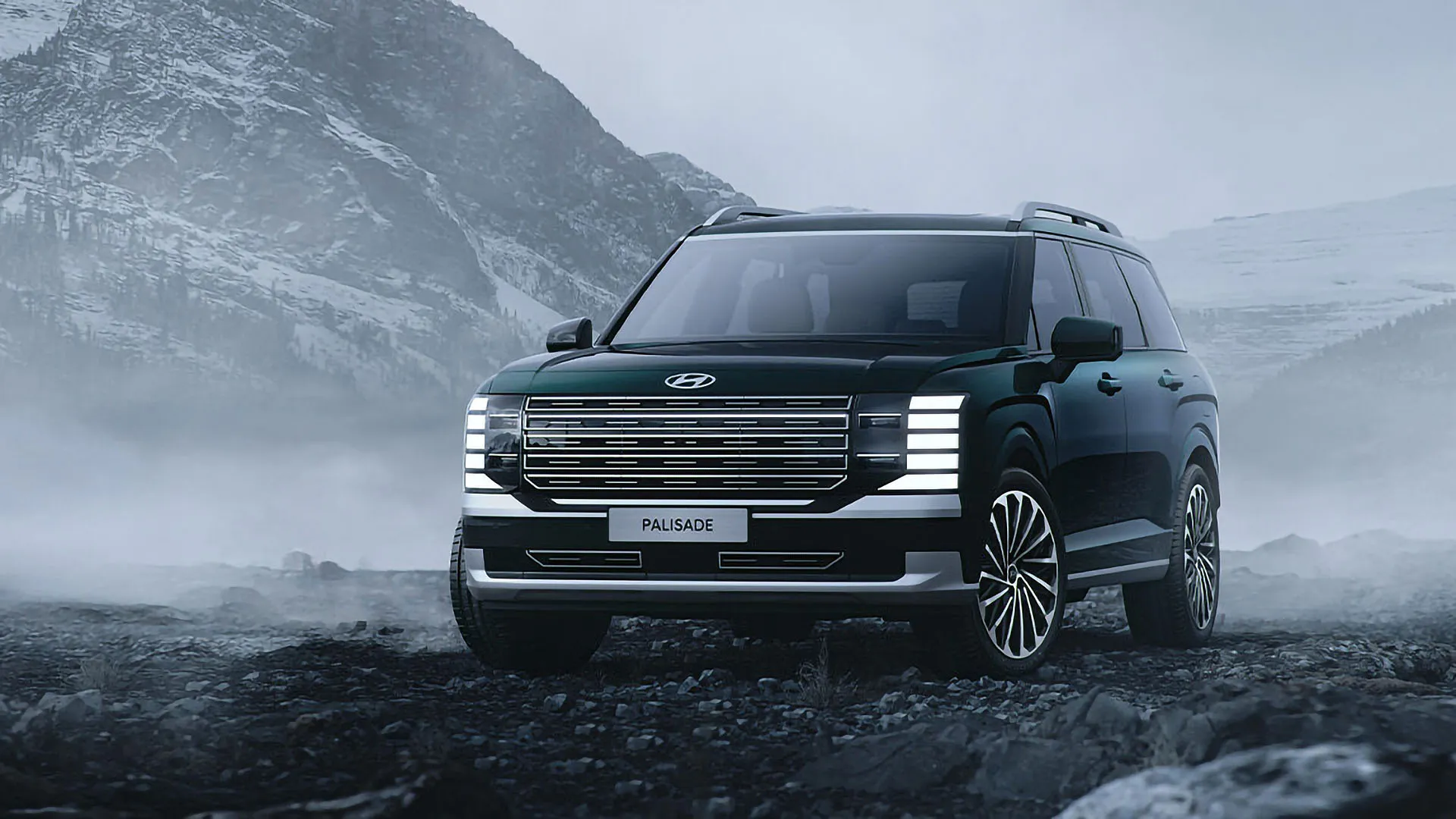
5. Hyundai Palisade
The Hyundai Palisade, a mid-size three-row SUV, has quickly become a favorite for families thanks to its spacious interior, advanced safety features, and high-quality tech offerings.
One of the standout features in the Palisade is its rearview camera system, which delivers a clear and accurate view of the area behind the vehicle without the common distortions found in many other SUVs.
The camera’s lens is designed to provide a natural, wide-angle view that doesn’t warp the image or create unrealistic perceptions of distance. This ensures that drivers can more accurately judge the proximity of objects and obstacles, which is especially helpful when reversing in crowded areas or parallel parking.
The Palisade’s rearview camera is paired with a large, vibrant display that maintains sharpness and clarity in various lighting conditions. Whether you’re reversing in broad daylight or navigating a dark parking lot, the camera provides a consistently clear image.
The vehicle also includes dynamic guidelines that adjust with the steering wheel, offering real-time feedback that helps drivers navigate tight spaces with ease. This feature is particularly valuable when backing into a parking spot or when trying to avoid obstacles like pedestrians or low-lying objects.
Additionally, the Hyundai Palisade comes with a surround-view monitor system as part of its higher trims, providing an even broader perspective of the area around the vehicle. This system combines input from multiple cameras positioned around the car, offering a bird’s-eye view of your surroundings and further improving visibility during reversing or parking maneuvers.
The Palisade’s rearview camera is a prime example of how technology can enhance safety and convenience, offering a distortion-free, accurate image that helps drivers park and maneuver with confidence.
Also Read: 10 Best Cars for Families and 5 You Might Regret
In today’s automotive world, rearview camera systems have become a crucial feature for enhancing safety and convenience, especially when maneuvering in tight spaces or parking lots. As we’ve seen, some vehicles come equipped with systems that provide clear, accurate, and distortion-free images, making it easier for drivers to judge distances and navigate confidently.
On the other hand, some vehicles still struggle with wide-angle distortion, poor resolution, and static guidelines, which can lead to misjudgments and potential hazards.
Cars like the Honda Accord, Mazda CX-5, and BMW 3 Series have set a high standard, offering advanced camera systems that combine sharp resolution, dynamic guidelines, and minimal distortion. These vehicles exemplify how a well-designed rearview camera system can improve both safety and the driving experience.
On the other hand, models like the Nissan Rogue and Chevrolet Trax demonstrate the limitations of less optimized camera systems, where distortion and poor image quality can compromise the effectiveness of the feature.
Ultimately, as technology continues to advance, we can expect rearview camera systems to improve, offering even clearer images and more intuitive features.
For now, understanding the strengths and weaknesses of various systems can help drivers make informed choices, ensuring they have the visibility and confidence they need when reversing.
Whether it’s a vehicle with an outstanding camera or one that still needs refinement, the role of these systems in promoting road safety and ease of driving cannot be overstated.

